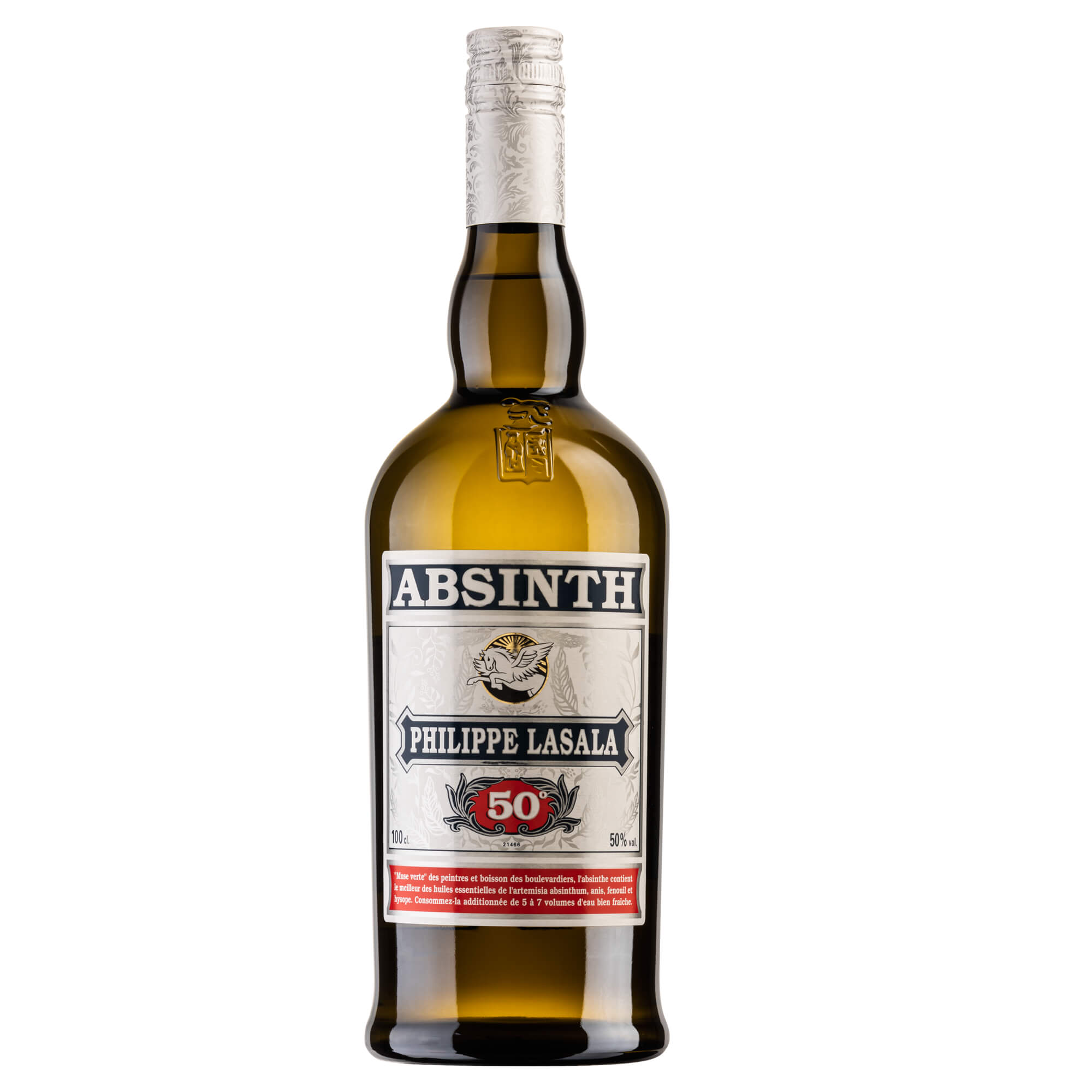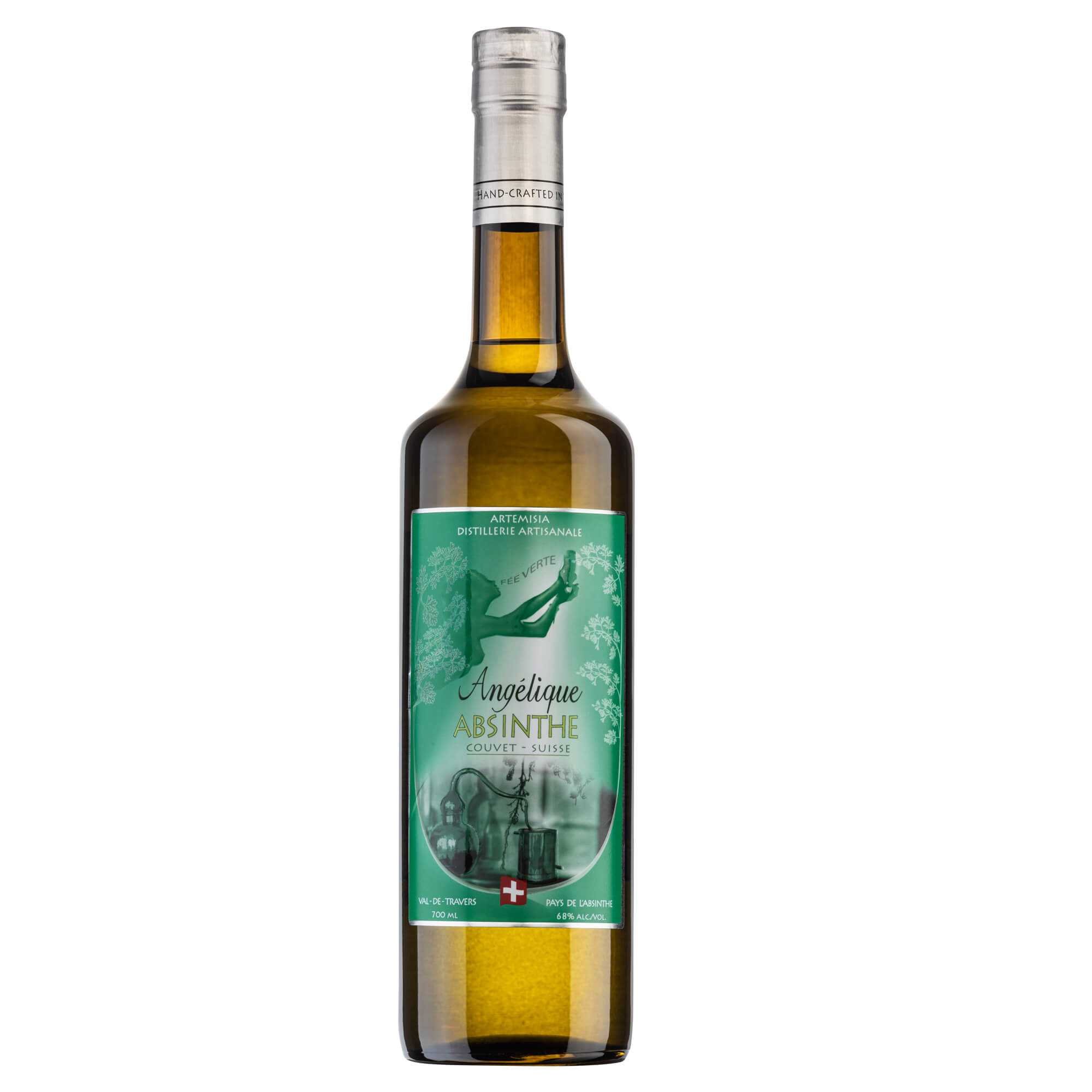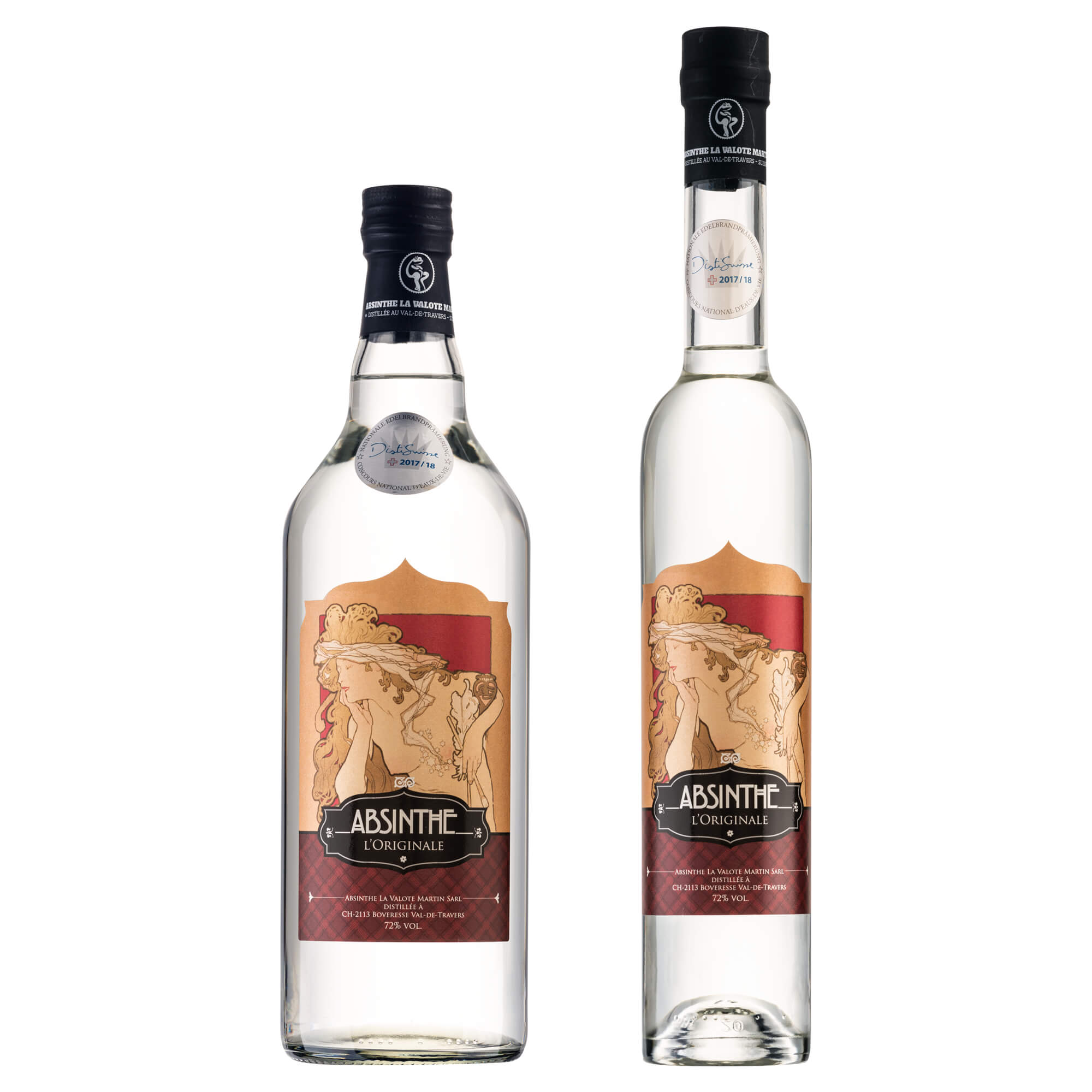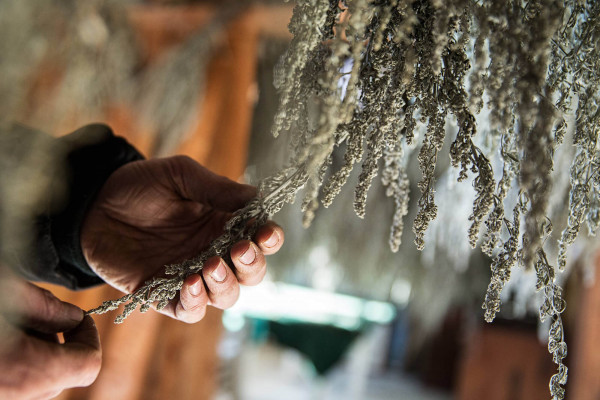
Wormwood
Artemisia absinthiumThe wermut became particularly famous as the main component of the legendary cult drink Absinthe.
This persistent, greyish-green, herbaceous plant from the daisy family grows between 40 and 150 cm tall. The leaf stems are covered with fine hairs. In the period from June to September, spherical, yellow flower heads develop from branched blooms and it is from these clusters that the grey-brown, egg-shaped fruits form. This widespread herb grows throughout Europe, Asia, North Africa as well as in North and South America.
Usage
Wormwood was used as a medicinal
herb and for various rituals by the Egyptians in early human history.
Ancient Egyptian illustrations show Isis priestesses presenting branches
of Artemisia, which got its name from the ancient Greeks, who named the
herb after Artemis, the goddess of hunting and fertility. As an earth
mother, Artemis was also responsible for animals and nature. Wormwood
was used by the Greeks as an cure-all remedy and aphrodisiac - they
already knew the appetizing and digestive properties as well as the
creativity-enhancing properties of the herb.
In folk medicine,
wormwood was used against worm diseases, as a tonic for exhaustion and
depression, against anaemia, colds, menstrual cramps and for abortion.
The herb was used externally for such treatments as those used against
rashes, insect bites and poorly healing wounds. A large number of
preparations were utilized: the wormwood was brewed as a tea, medicinal
wines and beers were made from it and tinctures were made by alcohol
extraction. Baths, oils, ointments and scented pillows have also been
made from wormwood.
Wormwood was also used as incense to protect
against evil spirits and other mischief as well as to open up the
spiritual dimensions.
Artemisia Absinthium gained particular
fame through the 18th century as the main component of the legendary
cult drink Absinthe, in which the psychoactive effect of the thujone
contained in the wormwood plays a major role. To this end, the wormwood
is distilled together with other herbs (including fennel, lemon balm,
peppermint, hyssop, anise, angelica root, coriander, licorice) producing
a generally high-proof and highly potent herbal extract. The artists of
the French bohemian scene in particular had quickly discovered the
awareness-enhancing qualities of this drink containing thujone. Manet,
Degas, Toulouse-Lautrec, van Gogh, Rimbaud, Verlaine, Beaudelaire (to
name just a few); they all enjoyed the intoxicating, euphoric effect of
the wormwood infused “Green Fairy”. At the beginning of the 20th
century, absinthe was banned in almost all countries and could only be
produced in secret. Since 1991, the production and sale of absinthe with
a regulated thujone content of up to 35 mg / kg has been permitted
again in Germany and most EU countries; Today you can find a wide range
of absinthes from different regions and traditions on the market.
 Wormwood on the mountain slope
Wormwood on the mountain slope
Ingredients
Wormwood contains many bitter substances (especially absinthin) and an essential oil that is rich in thujone (thujone has a molecular structure similar to THC). The herb also contains coumarins, tannins, flavonoids, caffeic acid derivatives and phenol carboxylic acids.
Effect
Among
the diverse medical effects, the stomach-calming and digestive
properties of the extremely bitter wormwood tea are particularly
noteworthy. Furthermore, the tea is a considered to be an astringent,
antioxidant, appetite-increasing, anti-inflammatory, euphoric, diuretic,
antispasmodic, menstruation-promoting and toning. Thujone, which is
mainly effective in alcoholic extracts, has intoxicating, stimulating,
aphrodisiac and dream-enhancing properties.
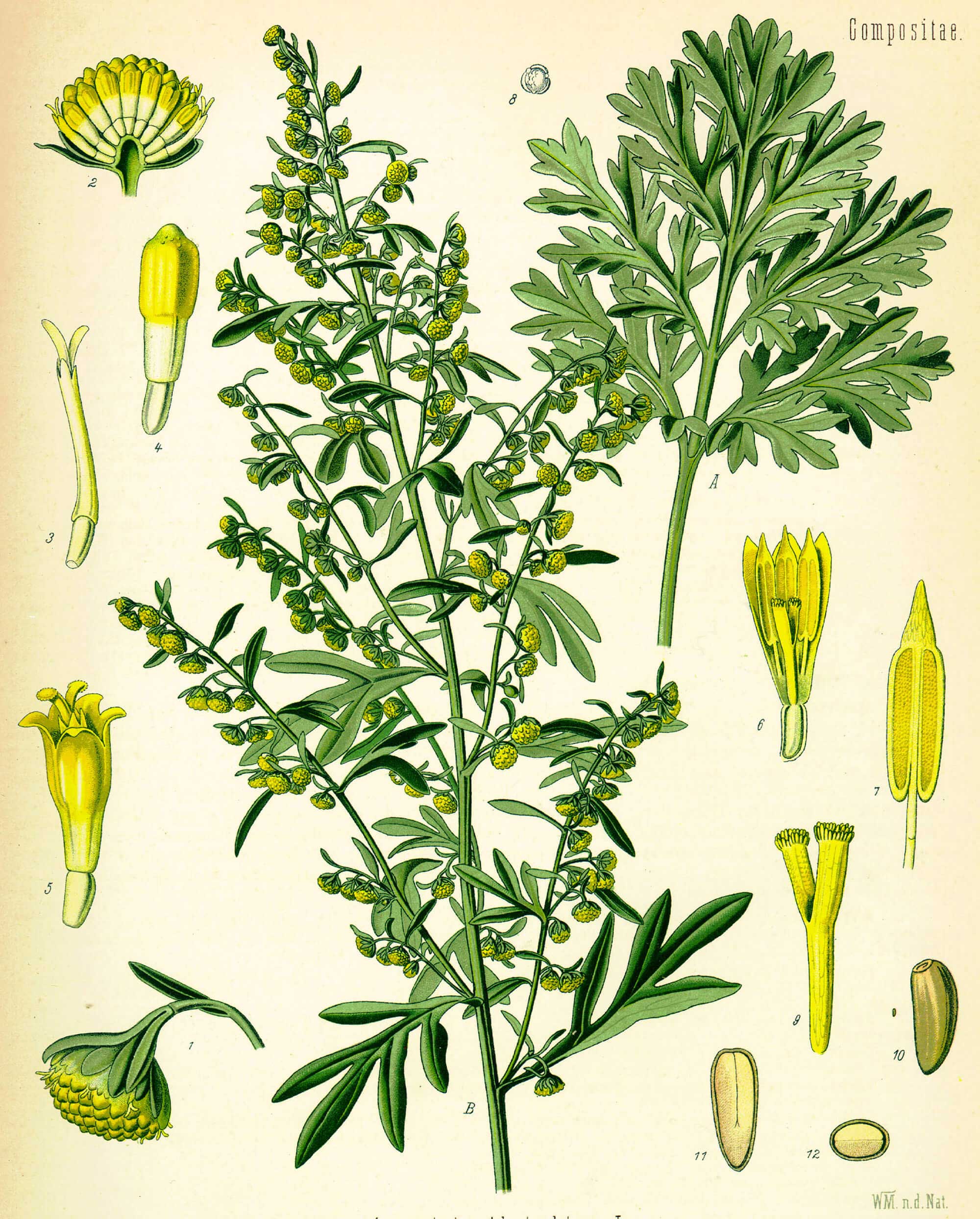 Artemisia absinthium - Illustration
Artemisia absinthium - Illustration
Side effects
During the middle of the 19th century, the absinthe containing wormwood gained an increasingly bad reputation attributed to the consequences of excessive absinthe abuse or ‘absinthism’. These would often include depression, personality disorders, liver and brain damage. According to the current state of research, these side effects were not directly caused by the thujone but rather by the frequent consumption of the high-proof alcohol, which was also often of extremely poor quality. Even if the thujone levels in the earlier as well as in the currently available absinthe is too low for a toxic effect, thujone can act as a neurotoxin in very high doses, as could be found when consuming large amounts of pure wormwood oil. The amount of thujone in the absinthe is therefore not harmful - since absinthe often has a very high alcohol content, it should be enjoyed with the necessary caution and responsibility.










